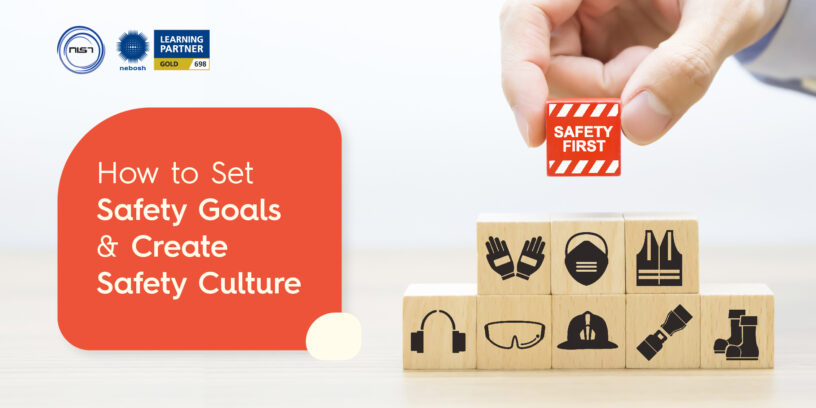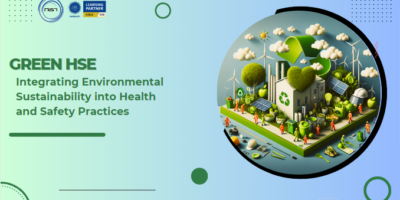When it comes to adopting, maintaining, and improving an organization’s health and safety management system, a strong safety culture is essential. Existing in a negative safety culture can lead to social, psychological, and physical concerns, as well as a decline in employee well-being and health. So it is imperative that specific steps to increase workplace safety and health should be the main focus of the organization’s goals and objectives.
Here are our top 8 suggestions for where you may establish safety goals to foster a culture of safety first, lessen accidents, and control PPE costs:
1. Perform a thorough site PPE inspection
Inspections that are conducted on a regular basis involve looking over every division and locating any potential risks. These examinations should do a complete evaluation of the Personal Protective Equipment (PPE) provided. Not only must the PPE be present be evaluated, but it must also be examined to determine if it is adequate for the threats faced by the personnel and that it is suitable for its intended use. Employees should be encouraged to do daily PPE self-inspections to make sure that any damaged or malfunctioning PPE is replaced right away.
2. Establish Safety Metrics throughout All Departments to succeed
Metrics offer a precise, quantifiable method of evaluating safety performance. These could include incident rates, the quantity of safety inspections finished, or the proportion of staff members who have received safety training. All employees being able to see these metrics, perhaps on a noticeboard or internal website, can encourage a sense of shared accountability and participation in reaching safety objectives.
3. Organize frequent safety meetings
These meetings can promote open communication about safety-related concerns, allow for the exchange of best practices, and guarantee that everyone on staff continues to place a high priority on safety. They can also be used to discuss accidents, come up with preventive measures, and communicate changes to legislations or safety procedures.
4. Ensure no repetition of any injury / incident
Understanding your organization’s injury statistics in-depth is necessary for this. The focus of effort and resources should be on reducing the hazards that lead to the most prevalent form of injury. This could entail adjustments to the way things are done, training, or PPE.
5. Establish a Method for Reporting Safety Hazards
All staff members must feel secure in raising safety concerns without worrying about the consequences. A physical suggestion box, an online form, or a specific email address could all be a part of the reporting system. This open channel of communication might bring to light possible problems that management may not have noticed right away.
6. Encourage safe behaviour and conduct
Using positive reinforcement to reward safe behaviour is a very effective strategy. Rewards could range from simple benefits or bonuses to formal acknowledgement in team meetings or business newsletters. A positive feedback loop where safe behaviour is continually acknowledged and rewarded is what is intended.
7. Conduct Accident Investigations
When an accident does happen, it’s crucial to fully analyze what went wrong. Instead of placing blame, we should try to identify the incident’s underlying causes in order to stop anything similar from happening again. All findings must be precisely documented and shared with personnel, along with any modifications made as a result.
8. Provide Consistent & Engaging Safety Training
Training should not be a one-time event but rather a constant component of employees’ professional development. A safety training is considered effective when it is participatory, interesting, and directly related to the risks that employees must deal with in their jobs. Additionally, it’s critical that all new hires go through a thorough safety induction.
In this blog, we’ve spoken about how important it is to define safety goals and objectives because they give a clear road map for lowering risks, preventing workplace accidents, and fostering a healthier, safer, and more effective workplace.
For safety training, consulting, auditing, E-learning course content creation & other safety services, call NIST Global – India’s one of the top safety organizations.
Call our safety experts @ +91 8754465588 / info@nistglobal.com














Leave a Reply